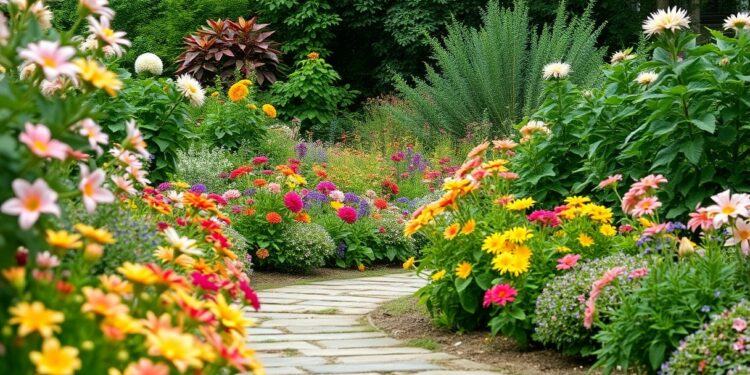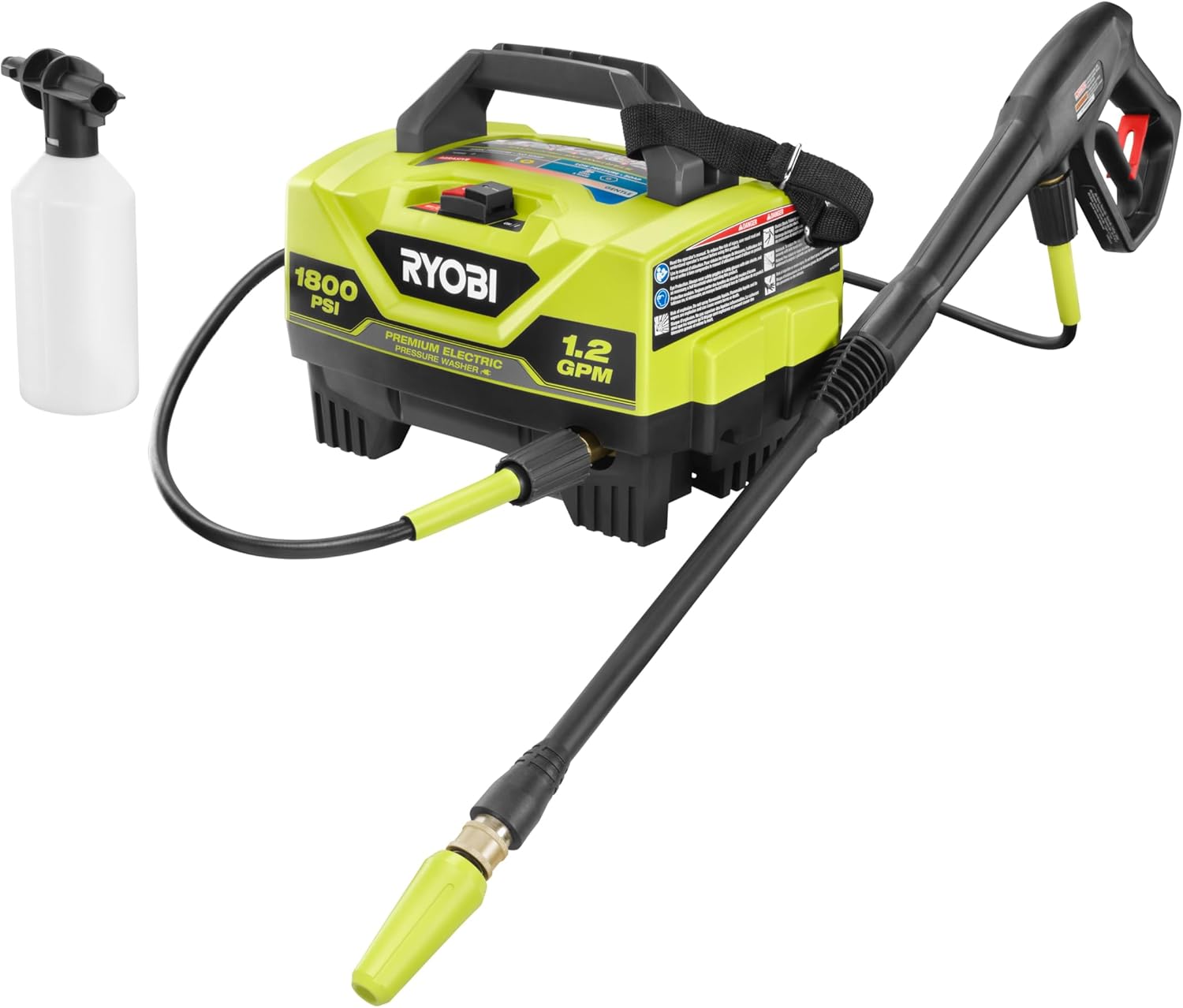Many gardeners are discovering the joy of incorporating vibrant colors and rich textures into their outdoor spaces. By experimenting with a variety of plants, flowers, and materials, you can create a captivating garden that reflects your personality. Whether you prefer bold blooms or subtle shades, there are endless combinations to explore. For more inspiration, check out this guide on Gardening with Texture and Color. Let’s look into the latest trends that will help you elevate your garden!
The Power of Color in Your Garden
For a garden that captivates and invigorates, color plays an necessary role. By thoughtfully incorporating various hues, you can create stunning visual contrasts and cohesive themes, allowing your personal style to shine through. Color not only enhances the beauty of your garden but also impacts your mood and the overall atmosphere, transforming your outdoor space into a vibrant sanctuary.
Bold Blooms: Vibrant Flower Choices
Your garden can burst with life and energy through the selection of bold, vibrant flowers. Choose eye-catching varieties like sunflowers, zinnias, or dahlias to create a dazzling display that beckons admiration. Mixing and matching these bold blooms ensures your garden is a feast for the eyes, making it a perfect spot for relaxation and enjoyment.
Foliage Fun: Colorful Leaves Take Center Stage
Power lies in the beauty of leaves that can add depth and interest to your garden long after the flowers have faded. From the striking purple hues of smoke bush to the vibrant variegation found in hostas, colorful foliage can be just as impactful as blooms.
Choices abound when it comes to foliage that brings a splash of color to your garden. Consider plants like Japanese maple with its dynamic reds and oranges or colorful perennial sedums that create a lively carpet of textures. These foliage options not only enhance your garden’s visual appeal but also provide year-round interest, ensuring your outdoor space remains captivating in every season.
Embracing Texture for Visual Interest
One of the most engaging ways to enhance your garden is by embracing texture. A well-designed garden incorporates a variety of elements that not only look beautiful but also feel delightful. By mixing plants with different leaf shapes, sizes, and surface qualities, you create a dynamic space that invites exploration and interaction. Adding textured elements provides depth and richness, turning your outdoor area into a sensory experience that adds immediately to your enjoyment.
Layering Plants for a Tactile Experience
With careful layering of plants, you can create a tactile experience that enhances your garden’s visual appeal. By positioning taller plants in the back and shorter ones in the front, you create a lush, multi-dimensional display. Combining different textures, from soft ferns to rugged succulents, encourages touch and interaction, making your garden not just a visual feast but also an inviting space to explore.
Hardscaping Elements: Stones and Wood
Visual interest in your garden doesn’t solely come from plants; hardscaping elements like stones and wood can significantly contribute to texture. Incorporating natural materials into your design adds an earthy aesthetic that complements your plant selections and creates contrast. The roughness of stone pathways or the smoothness of wooden benches engage your senses and enhance the overall atmosphere of your outdoor space.
Another way to enhance your garden’s tactile appeal is by strategically using stones and wood in your hardscaping. Consider varying the sizes and shapes of stones to create pathways and seating areas that are both functional and aesthetic. Wooden elements, whether in the form of raised beds or trellises, bring warmth and rustic charm to your garden. Combining these natural textures with your plant choices not only adds visual interest but also fosters a sense of harmony and balance in your outdoor sanctuary.
Combining Color and Texture for Stunning Designs
It’s all about finding the perfect balance between color and texture to create captivating garden designs. Incorporating diverse plant shapes and sizes alongside vibrantly colored blooms adds depth and intrigue to your outdoor space. To enhance your garden, consider layering plants with contrasting leaf shapes, introducing ground cover, and playing with varied heights. This approach ensures that your garden is not only visually stunning but also engaging to all your senses.
Contrasting Colors for Drama
Among the most exciting techniques in garden design is the use of contrasting colors. By pairing bold hues like deep purples or bright yellows, you can create vibrant focal points that catch the eye and stir emotion. This approach adds dimension and excitement, encouraging you to explore and appreciate every corner of your garden.
Harmonious Palettes for a Peaceful Escape
At times, you may prefer a more tranquil atmosphere in your garden, achieved through harmonious color palettes. Soft greens, gentle blues, and muted pinks create a serene environment, allowing you to unwind and reconnect with nature.
And when you combine these soothing colors with textural elements like soft grasses or velvety petals, you enhance the calming experience even further. Incorporating layers of plants, such as tall ornamental grasses next to low-growing ground covers, will not only emphasize the harmony in your palette but also create a space where you can truly escape from the hustle of everyday life. Don’t hesitate to experiment with your favorite shades and textures to discover what brings you peace and joy in your garden.
Seasonal Trends: Keeping Your Garden Fresh
Once again, gardening enthusiasts are finding ways to keep their outdoor spaces vibrant and engaging throughout the year. Embracing seasonal trends allows you to refresh your garden and adapt to changing climates, showcasing a variety of colors and textures that evolve with the seasons. By selecting the right plants and materials, you can create a garden that always feels alive and inviting, no matter the time of year.
Spring and Summer Displays
Above all, spring and summer are the seasons of blooms and lush growth, providing a fantastic opportunity to experiment with bold colors and diverse textures. You can fill your garden with vibrant annuals, fragrant perennials, and leafy greens that create a captivating visual feast. Incorporate eye-catching containers and trellises, allowing climbing plants to add vertical interest and warmth as they flourish in the sunshine.
Fall and Winter Considerations
Garden designs for fall and winter focus on sustaining beauty even in colder months. This means choosing plants with vibrant foliage or interesting bark while incorporating durable decor like outdoor lights or sculptures to maintain visual appeal. Layering textures with evergreen plants or winter blooms can create a lovely contrast against the crisp backdrop of frosty days.
In fact, fall is a wonderful time to add structure to your garden. As perennials die back, you can take advantage of their untamed beauty, using decorative grasses or evergreens to bring a pop of color and texture. Consider adding ornamental cabbages or winter-flowering heathers that provide visual interest throughout the colder months. With smart planning, your winter garden can be just as stunning as it is in spring and summer!
Eco-Friendly Gardening: Sustainable Color Choices
Your garden can be a vibrant testament to eco-friendliness by choosing sustainable color options that support your local environment. By opting for native plants, you not only enhance the beauty of your garden but also contribute to biodiversity and lower maintenance needs. Incorporate diverse textures and shades through eco-conscious choices that promote a healthier ecosystem and create a stunning landscape that thrives sustainably.
Native Plants for Vibrant Landscapes
For a truly dynamic garden, consider incorporating native plants that bring an array of colors and textures to your landscape. These plants are well-adapted to your local climate, requiring less water and maintenance compared to non-native species. By filling your garden with native flora, you’re inviting a natural beauty that flourishes effortlessly while supporting local wildlife.
Pollinator-Friendly Options
Below the surface of vibrant blooms lies an necessary ecosystem that you can nurture through pollinator-friendly plants. These species attract butterflies, bees, and other beneficial insects, ensuring your garden is not just beautiful but also alive with delightful activity. Incorporating these choices promotes a balanced environment, enhancing both your outdoor space and the local ecosystem.
Considering pollinator-friendly options in your garden design can make a significant difference to the health of local pollinator populations. Opt for flowers such as coneflowers, lavender, and milkweed, which are known to draw in bees and butterflies. Incorporating a variety of colors and bloom times ensures that your garden remains a continuous source of food for these important insects throughout the growing season. By planting dense clusters of flowers, you create a welcoming space that encourages pollinators to come and stay, enriching your garden’s beauty and vibrancy.
Personalizing Your Garden Space
After you’ve established the basic layout and plant selections for your garden, it’s time to infuse your unique personality into the space. Your garden should be a reflection of your style and interests, allowing you to create an inviting atmosphere that feels just right for you. Incorporating personal elements not only adds charm but also makes your garden feel truly yours.
Adding Personal Touches with Decor
Personal touches can enhance your garden’s aesthetic and make it feel special. Consider adding decorative items such as quirky garden gnomes, colorful wind chimes, or handmade signs that showcase your favorite quotes. These charming features contribute to your garden’s character, creating a delightful ambiance that tells your story.
Creating Cozy Nooks and Gathering Spaces
On your journey to personalize your garden, creating cozy nooks and gathering spaces is imperative. A well-placed bench, swing, or set of chairs encourages relaxation and socializing, making your garden a perfect retreat for family and friends.
To design these inviting areas, select a spot that offers shade and tranquility, perhaps near your flower beds or in a secluded corner. Add cushions and throws for comfort, and consider incorporating a small table for drinks or snacks. Enhancing the space with potted plants or string lights can create an enchanting atmosphere, making it an ideal spot for gatherings, quiet moments, or enjoying a good book.
Conclusion
So, as you probe the world of gardening trends, exploring ways to incorporate color and texture in your garden will elevate your outdoor space. By choosing a vibrant palette and mixing various plant shapes, you can create a personalized sanctuary that reflects your style. Don’t hesitate to experiment, combine textures, and let your creativity bloom. Happy gardening!













